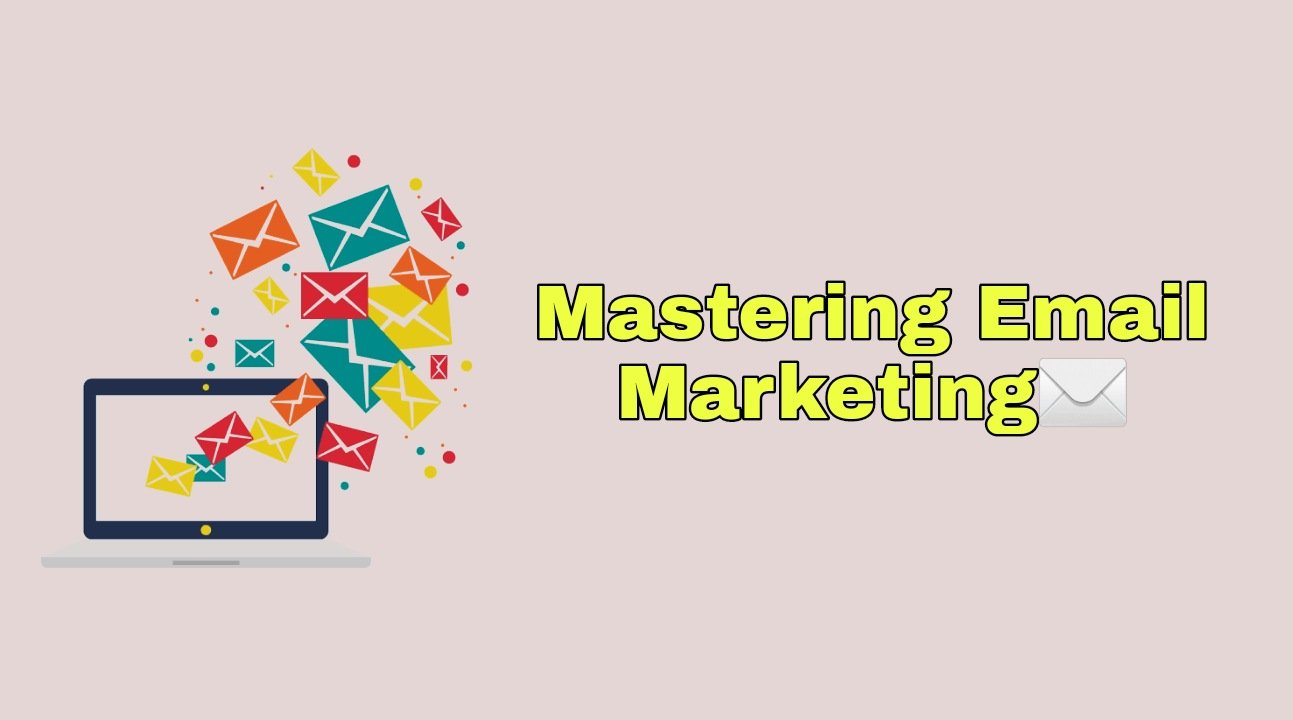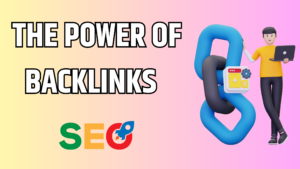In the fast-paced digital age, where communication channels are constantly evolving, one marketing strategy has stood the test of time: email marketing. The ability to directly reach your audience’s inbox with personalized messages can drive remarkable business growth. In this comprehensive guide, we’ll delve into the world of email marketing, unveiling expert strategies and insights to help you harness its full potential.

Welcome to the world of email marketing, where the art of crafting compelling messages meets the science of data-driven strategies. While social media, influencer marketing, and other trends come and go, email remains a steadfast communication channel for businesses to connect with their audience. In this guide, we’ll explore how to make the most of email marketing to drive engagement, nurture leads, and convert prospects into loyal customers.

Email Marketing: Your Path to Business Success
1. Building Your Email List: The Foundation of Success
Your email list is a goldmine of potential customers. Learn how to create irresistible lead magnets, such as ebooks or webinars, to entice visitors to subscribe. Segment your list based on demographics and behaviors to send targeted, personalized content that resonates.
2. Crafting Compelling Content: The Art of Engagement
Master the art of writing captivating subject lines and body copy. Your emails should provide value, evoke emotion, and inspire action. Incorporate storytelling, use conversational language, and add a touch of humor to humanize your brand and connect with readers.
3. Designing Stunning Templates: Aesthetic Appeal
First impressions matter, and email design sets the tone. Create visually appealing templates that are mobile-responsive, easy to read, and align with your brand identity. Incorporate eye-catching visuals, minimalistic layouts, and strategic use of colors.
4. Personalization and Segmentation: Tailoring Your Approach
Segmentation and personalization are the cornerstones of effective email marketing. Leverage user data to send targeted messages based on preferences, behavior, and purchase history. Personalized emails result in higher open rates and engagement.
5. Nurturing Leads: Guiding Prospects Along the Journey
Not all leads are ready to buy immediately. Nurture your leads with a series of automated emails that provide value, educate, and address pain points. Use drip campaigns to guide prospects through the sales funnel, gradually building trust and rapport.
6. Call to Action (CTA) Optimization: Driving Conversions
Your emails should inspire action. Craft clear, compelling calls to action that guide recipients toward your desired outcome, whether it’s making a purchase, signing up for a webinar, or downloading a resource.
7. A/B Testing: Refining Your Approach
Constantly improve your email campaigns through A/B testing. Experiment with different subject lines, send times, visuals, and CTAs to identify what resonates best with your audience. Use data to refine your strategies and optimize results.
8. Deliverability and Spam Compliance: Inbox Success
Achieving high deliverability rates is essential for email marketing success. Follow best practices to avoid spam filters, such as using a recognizable “from” name, including an unsubscribe option, and sending relevant, valuable content.
9. Analyzing Metrics: Data-Driven Insights
Dive into the analytics of your email campaigns to measure success. Monitor open rates, click-through rates, conversion rates, and unsubscribe rates. Use these insights to refine your strategies and enhance future campaigns.
10. Automation and Drip Campaigns: Efficiency and Personalization
Automate your email marketing efforts with drip campaigns that deliver targeted messages over time. Use automation tools to trigger emails based on user behavior, ensuring timely and relevant communication.
FAQs About Email Marketing
Can I use email marketing for any type of business?
Yes, email marketing is versatile and suitable for various industries. Whether you’re an e-commerce store, a service provider, or a nonprofit organization, email marketing can help you connect with your audience.
How often should I send emails to my subscribers?
The frequency of emails depends on your audience and content. Balance consistency with quality; aim to provide value in every email rather than inundating subscribers with frequent messages.
Is email marketing cost-effective?
Absolutely. Compared to traditional advertising methods, email marketing offers a high return on investment (ROI). With minimal costs for email platforms and potentially significant revenue generation, it’s a budget-friendly option.
Do visuals matter in email marketing?
Yes, visual appeal is crucial. Well-designed emails with images, infographics, and videos enhance engagement and make your content more memorable. However, ensure visuals are optimized for fast loading.
How do I prevent my emails from ending up in spam folders?
Follow best practices, such as using a trustworthy sender name, avoiding excessive use of promotional language, and providing clear opt-out options. Regularly clean your email list to remove inactive or unengaged subscribers.
Can I track the success of my email campaigns?
Absolutely. Email marketing platforms provide detailed analytics, allowing you to track open rates, click-through rates, conversions, and more. Analyzing these metrics helps you refine your strategies.
Conclusion: Elevate Your Business with Email Marketing
Email marketing remains a potent tool in the modern marketer’s arsenal, capable of driving business growth, fostering customer relationships, and maximizing ROI. By mastering the art of crafting compelling content, leveraging automation, and analyzing data-driven insights, you’re poised to take your email campaigns to new heights. Remember, the journey to success is a continuous one, marked by innovation and adaptation to meet the evolving needs of your audience.
============================================

























